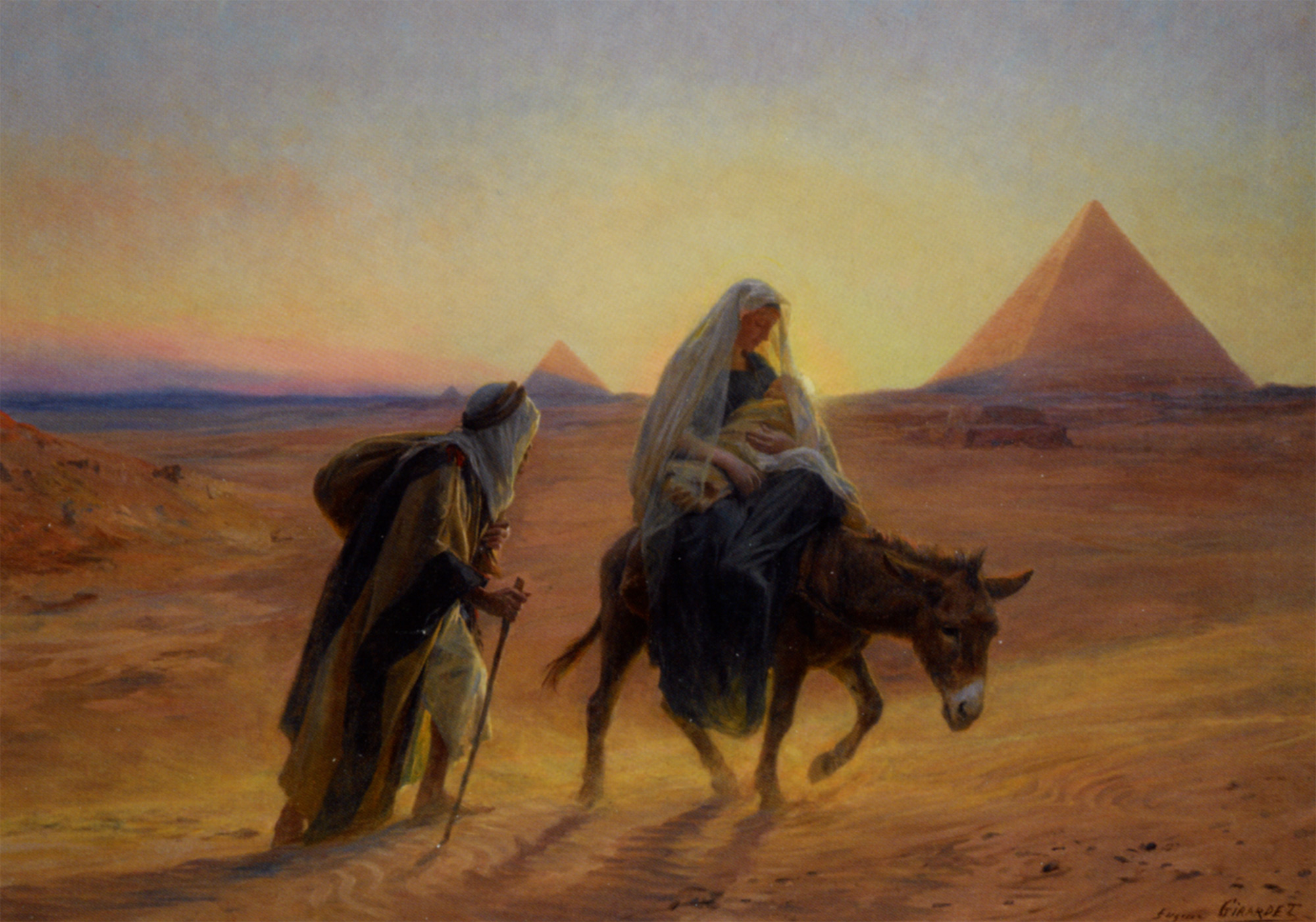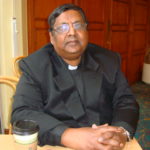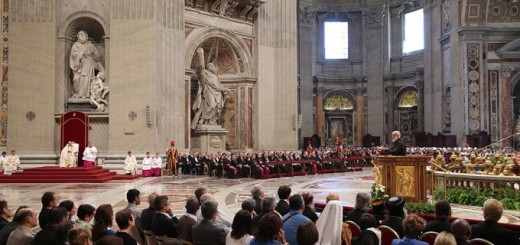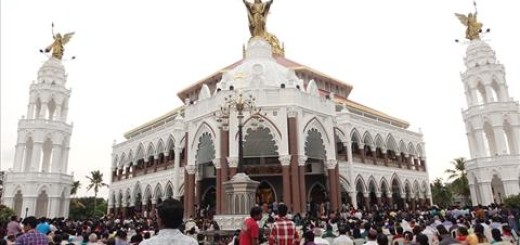Jesus the Migrant, God Incarnate Son

Francis Sunil Rosario
(Fr. Sunil Rosario is a priest from Kolkata, now doing his Doctorate in Ministry (D.Min) at Catholic Theological Union, (CTU) in Chicago. He has his M. Phil degree from Dublin City University. Before that he was editor of Archdiocesan weekly, The Herald, for seven years. He happened to know me through Isaac Gomes, Associate editor of CCV. James Kottoor as former  editor of New Leader, in Chennai. and Editor-in-Chief of CCV appreciates his timely Christmas contribution and wishes him well).
editor of New Leader, in Chennai. and Editor-in-Chief of CCV appreciates his timely Christmas contribution and wishes him well).
The Bible is rich in powerful stories of migrants. The children of Israel were migrants. Jesus was also a migrant. The world is filled with migrants and refugees whose dramatic stories are impossible to ignore. America is a country of immigrants. Deirdre Cornell, a Maryknoll missioner, who lived in Mexico for three years has shared her personal experiences of how ‘God migrates to us that we might migrate to God’.
She writes: “Human mobility certainly entails sacrifice. Migration has caused–and been caused by–tremendous suffering. But it has also served as a source of great blessing.” This is what being a migrant really means, what being a Christian means, and what migrants mean to the spiritual and material growth of a society that welcomes them."Not only about the outer journey of a people but also the inner journey of the soul” as the author of ‘Border of Death, Valley of Life, Rev. Daniel G. Groody, CSC would say, reflecting on the issues of Migrants in our contemporary world. Christmas is the time to penetrate deeply in the mystery behind migration and Jesus who was born in the crib as a migrant is our cause for joy and hope.
In August 1952, when Pope Pius XII published the Apostolic Constitution ExsulFamilia, (The Family in Exile) considered the Magna Carta of the Church’s teaching on migration, which laid down guidelines and norms for a specific pastoral care for migrants. The opening pages of the document propose the exile to Egypt of Mary, Joseph, and Jesus as an “icon” of the contemporary massive forced migration due to different forms of tyranny:
“The émigré Holy Family of Nazareth, fleeing into Egypt, is the archetype of every refugee family. Jesus, Mary and Joseph, living in exile in Egypt to escape the fury of an evil king, are, for all times and places, the models and protectors of every migrant, alien and refugee of whatever kind who, whether compelled by fear or persecution or by want, is forced to leave his native land, his beloved parents and relatives, his close friends and to seek a foreign soil. (Introduction).
In the 1960s, when the wind of a ‘New Pentecost’was blowing, it was the springtime for the Church to develop apt pastoral responses to the overall picture of international migration. Saint John XXIII had his concern to take up the socio-pastoral challenges of the time. His encyclicals, ‘Pacem in Terris’ and ‘Mater et Magistra’ also highlighted some of these concerns. The Second Vatican Council’s ground breaking document, ‘Gaudium et Spes’ (The Church in the Modern World) spelt out the ‘joys and sorrows, hopes and aspirations’ of the contemporary society. Thus the articles spoke on migration are: ‘In continuity with the past, the structures of the Church and its commitment in evangelization and human promotion, the Church perceived, in the salient phenomena of the period – including international migration — the "signs of the times" to be interpreted in the light of the Word of God and the Magisterium of the Church.
Migration is one of the vastest phenomena of our times. The flow of migrants in Bengal both due to internal and external migration are constant. They are ‘the signs of the times’ to reflect more deeply on its impact to its life reflecting broader social, economic, and political realities. They implicate economic development and trade relations, shifting demographics and labor markets, security, and human rights concerns. Due to these factors, the International bodies and Governments have given attention to this fact and concern globally. Globally, international migrants comprise only three percent of the world’s population.
The most recent available data count 175 million persons living in a country that is different from their land of birth. They are divided among the continents more or less as follows, in order of magnitude: Europe (56.1 million); Asia (49.8 million); Northern America (40.8 million); Africa (16.3 million); Latin America and the Caribbean: (5.9 million); Oceania (5.8 million). The first five countries with the largest number of international migrants in their population are the United States (almost 35 millions), the Russian Federation (13.3 million), Germany (7.3 million), Ukraine (6.9 million) and France (6.3 million). (Ref.Sedos Conference – 7 December, 2004). According to the International migrant population was estimated at between 185 and 192 million. Almost 30 percent of them, or 55 million, are in Asia. (International Organisation for Migrations, IOM, 2005)
In ‘Ecclesia in Asia’ Saint John Paul II through his Apostolic exhortation affirmed the necessity of the preferential love of the poor (In particular, migrants, indigenous and tribal people, and women and children), defense of human life, health care, education, peacemaking, cancellation of foreign debts, and protection of the environment. (EA 32-41) There is no doubt, if the Church in Bengal is to be truly Asian, with its specific cultural and religious heritage, the Church is called to be engaged in the process relentlessly and wholeheartedly, in the triple dialogue (Dialogue with cultures, religions and the poor) and “dialogue of life and heart”. Our celebration of Christmas will be meaningful and practical. “Contemplating Jesus in his human nature, the peoples of Asia find their deepest questions answered, their hopes fulfilled, their dignity uplifted and their despair conquered.” (EA, 14)
The Church wants to be there where the migrants are, to share with them the joys and the hopes, as well as the grief and the pains of migration. Already the Holy See has consistently and systematically focused its attention on the phenomenon of International migration in the general context of human mobility. Its declarations showed both a profound understanding of this changeable social reality and an indisputable capacity of suggesting pastoral solutions geared towards a full integration of immigrants into the host society and into the local Church.
On 3 May 2004, the Pontifical Council for the Pastoral Care of Migrants and Itinerant People published the Instruction Erga Migrantes Caritas Christi (EMCC, The Love of Christ Towards Migrants). This is an update of the pastoral care of migration, meant to be an ecclesial response to the pastoral needs of migrants at the beginning of the new millennium. It intends to lead towards making migration an occasion of dialogue and mission in the context of the new evangelization. So that the Church may “breathe with its two lungs”, the document facilitates the application of the norms contained in the Code of Canon Law for the Latin Church and also in the Code of Canons of the Eastern Churches to respond more adequately to the pastoral needs of the emigrant faithful of the Eastern Churches too, who are now ever more numerous. Erga migrantes caritas Christi is unique in giving attention to both ecclesial traditions.
“The document presents a specific biblico-theological frame of reference, incorporating the migration phenomenon into the history of salvation, as a sign of the times and of the presence of God in history and in the community of peoples, directed to universal communion.” (Introduction)
Jesus Christ, a foreigner and a migrant and Mary are presented as living symbols of the emigrant. The document recalls the Church its dimension of “Church of Pentecost” and its ideal of “unity in diversity”. The instruction proposes a missiological interpretation of the migrant ministry, calling to discover the semina Verbi (seeds of the Word), which are planted in different cultures and religions.
When the world is facing the acute problem of migration, in Asia and in Bengal in particular migration is a growing phenomenon. Let’s therefore share our concern for the migrants and pray to Child Jesus in the crib to give us sustenance in the face of many tragedies happening throughout the world. Let’s pray that those who live in uncertainty and insecurity may experience safety and support from Jesus, God’s Incarnate son, who knows the pains and sufferings of the migrants from his own human experience. May this Christmas bring joy to all. Happy Christmas and a hope filled prosperous New Year, 2017.

















